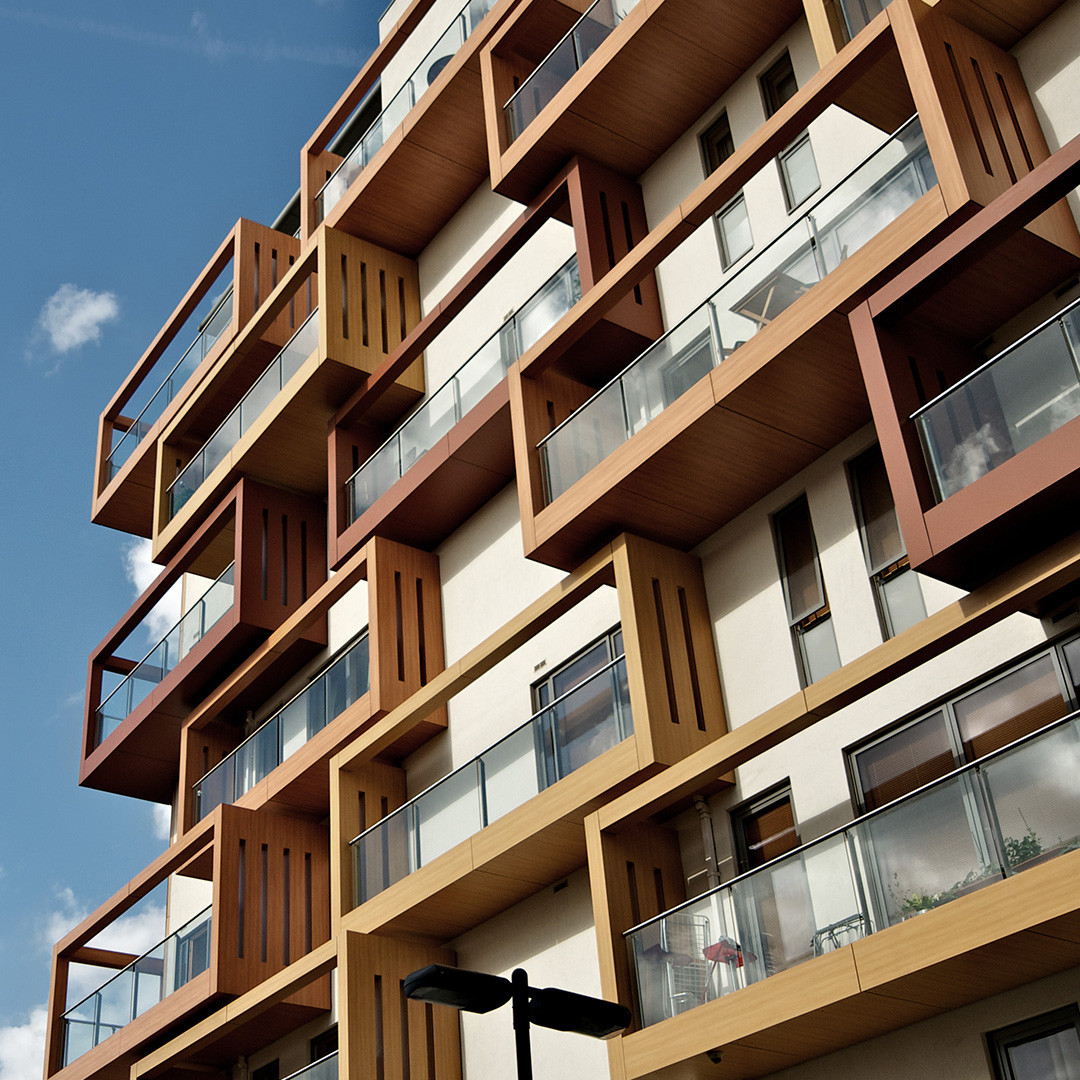CBRE
September 25, 2023 2 Minute Read
Investors may want to take a closer look at older multifamily properties based on a CBRE Research finding that those built before 2010 have averaged 4.6% annual rent growth over the past decade compared with 3.4% for post-2010 assets.
This trend is largely attributable to pre-2010 properties having lower average rents and therefore more room for growth in a continued high-demand housing market. In addition, older properties’ rent growth has been less volatile—meaning they have been less affected by external shocks like recessions.
Figure 1: Rent Growth by Decade of Construction: 10-year CAGR & Volatility

Note: A lower standard deviation indicates a lower level of volatility.
Source: CBRE Research, CBRE Econometric Advisors, Q3 2023.
CBRE also analyzed the overall annual performance of multifamily properties in CBRE’s dataset since 1998—spanning three recessions—to determine their average rent growth over a typical 30-year lifecycle.
We found that except for the 3.8% average annual rent growth for the first year after construction, it isn’t until multifamily properties enter the second decade of their life that annual rent growth outpaces the long-run market average of 2.7%. Rent growth accelerates even further in the third decade, peaking between 3.5% and 4.0%.
This analysis can help investors make more informed assumptions about future rent growth depending on the age of the asset and intended hold period.
Figure 2: Rent Growth Lifecycle of an Average Multifamily Property

Note: Analysis excludes properties that were renovated.
Source: CBRE Research, CBRE Econometric Advisors, Q3 2023.
While older properties generally achieve higher annual rent growth than newer properties, they are not without risks. Many require more capital expenditures than newer properties and do not have modern amenities that attract more affluent tenancy. As such, managing turnover and rent collections may present additional challenges. However, these risks are typically accounted for in underwriting metrics such as a higher cap rate or internal rate of return.
Investors who are focused on outpacing overall market rent growth should consider older properties if pricing is adequately risk-adjusted. Over the long term, it’s a good bet that rent growth in older properties will outperform the overall market average.
